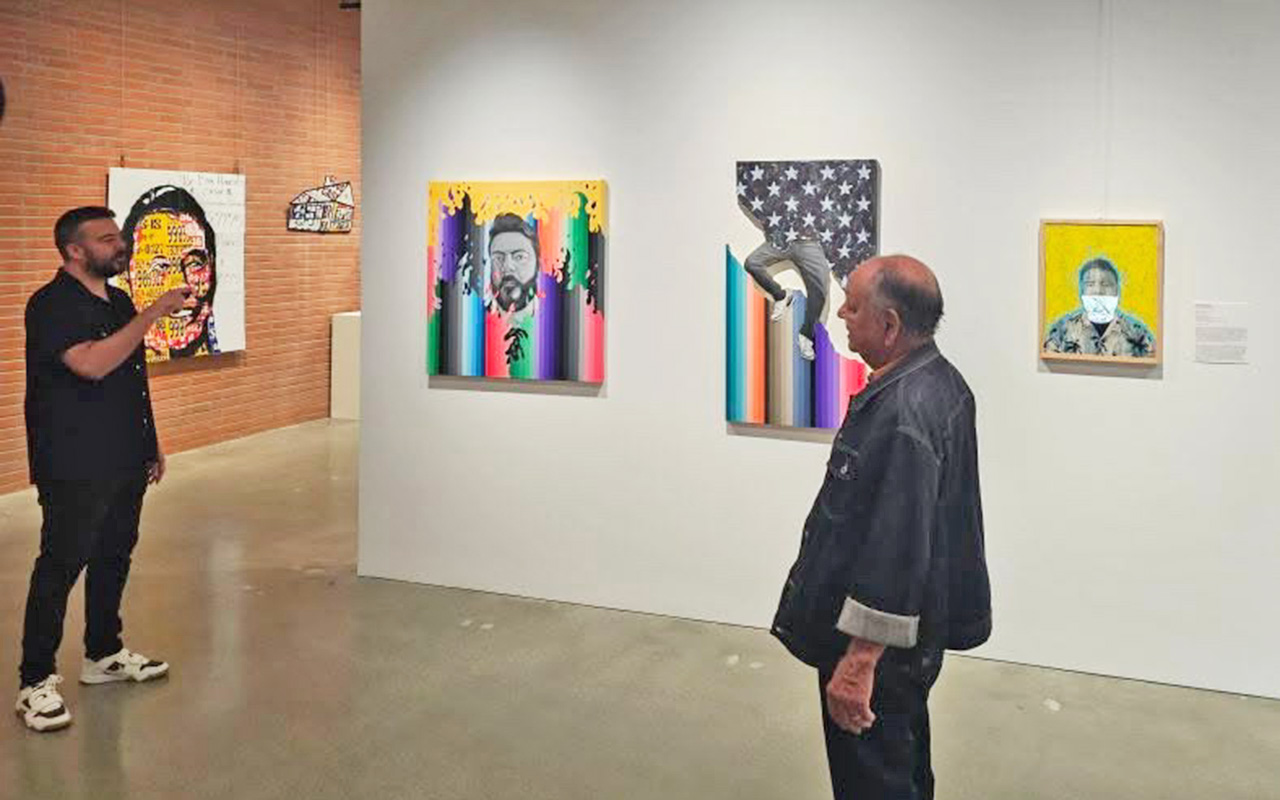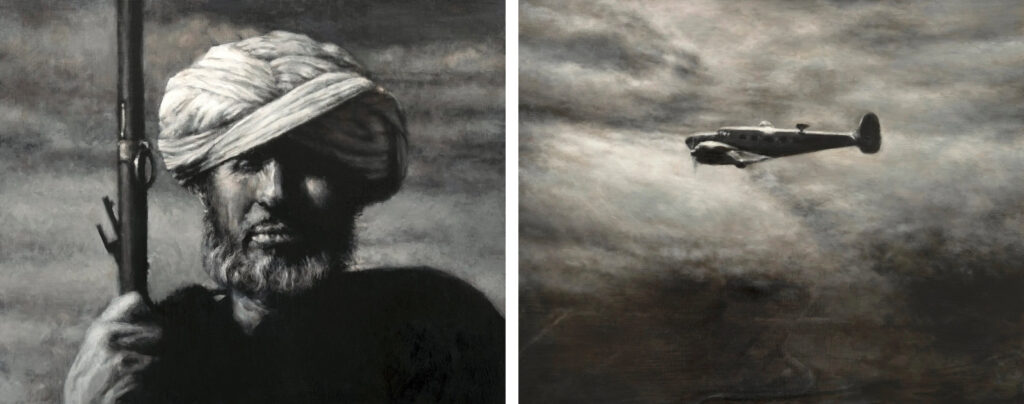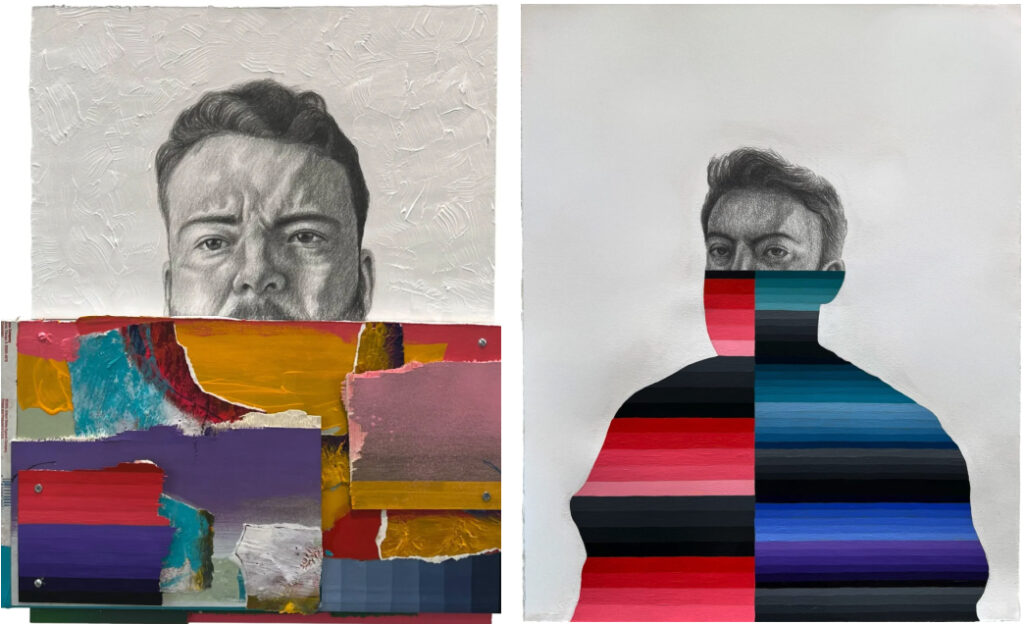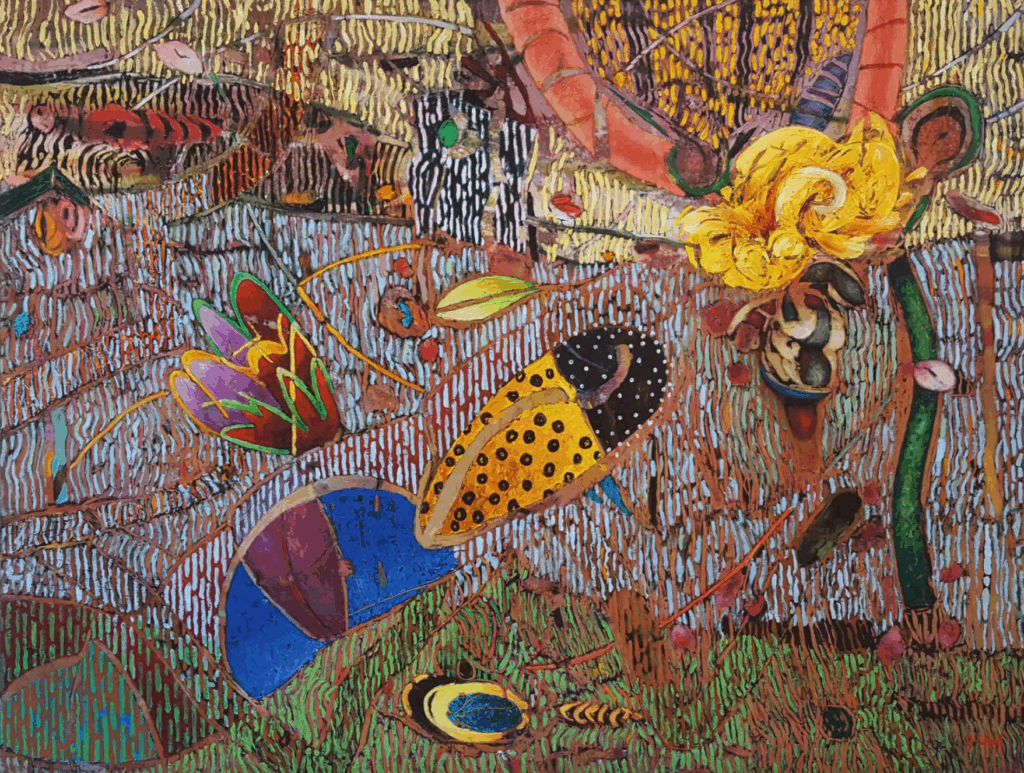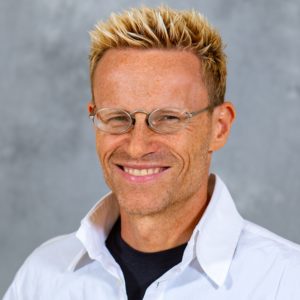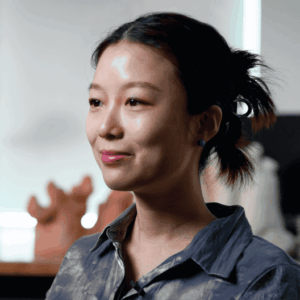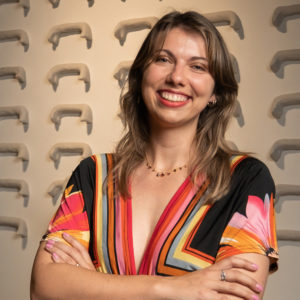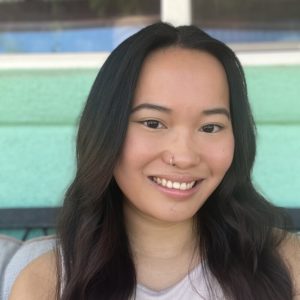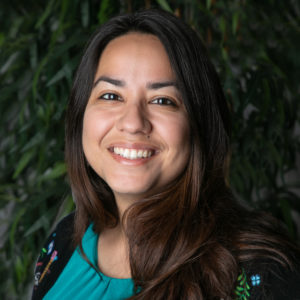University of Arizona School of Art Professors Amy Kraehe and Ryan Shin have been elected to the National Art Education Association Distinguished Fellows class of 2026 — among only four members nationally chosen for next year’s prestigious award.
“Membership in NAEA Distinguished Fellows is a mark of excellence in art education research and is widely considered one of the highest honors in the field,” Kraehe said. “It serves as a reminder of the opportunities and mentorship I have been given, for which I am immensely grateful.”
Dr. Kraehe and Dr. Shin, part of the school’s Art & Visual Culture Education program, will be honored March 5 at the NAEA national conference in Chicago.

“This recognition not only celebrates my journey thus far,” Shin said, “but it also inspires me to continue advocating for excellence in art education.”
Kraehe, a national leader and researcher in the arts, culture and education, also was selected to serve a four-year term as a Trustee of the National Art Education Foundation. She has 25 years of experience in universities, public schools and museums. She has been a part of the College of Fine Arts since 2018 and was named Associate Vice President for Organizational Excellence and Impact at Arizona Arts in 2025. She received the Excellence in Fundraising Award for her contributions to development and advancement at Arizona Arts and garnered the Women of Impact Award from the University of Arizona for driving discovery, interdisciplinary collaboration, community outcomes and the empowerment of others.
Her writings, podcasts, public lectures and workshops illuminate how sociocultural, economic, and political contexts influence the development of professional identities and organizational capacity within educational and cultural institutions. Kraehe has published four books, and her work appears in the top research journals in her field. She has received numerous grants and professional honors, including the prestigious Manuel Barkan Memorial Award from the National Art Education Association.

Shin’s research focuses on Asian popular media and culture, Asian critical theory and decolonization, global civic engagement, and new media and visual culture. In 2025, he was elected as associate editor for “Studies in Art Education,” a prime national research journal in the field of art education. He will serve two years as associate editor, and automatically move to editor position of the journal in 2027.
He has co-edited several notable books, including The Intersectionality of Critical Identities in Art Education (InSEA, 2024). In 2021, he was honored as the USSEA Kenneth Marantz Distinguished Fellow. His scholarly articles have been published in renowned journals, and he has authored numerous book chapters and presented his work at both national and international conferences.
“We are thrilled that Professors Kraehe and Shin are receiving this fellowship,” said Professor Karen Zimmermann, interim director for the School of Art. “No one is more deserving of this honor than these two. Their significant contributions to the AVCE program at the University of Arizona and to Art Education nationally and internationally are incredible as mentors, researchers and scholars, teachers and colleagues. We are so lucky to have them as part of our community.”

